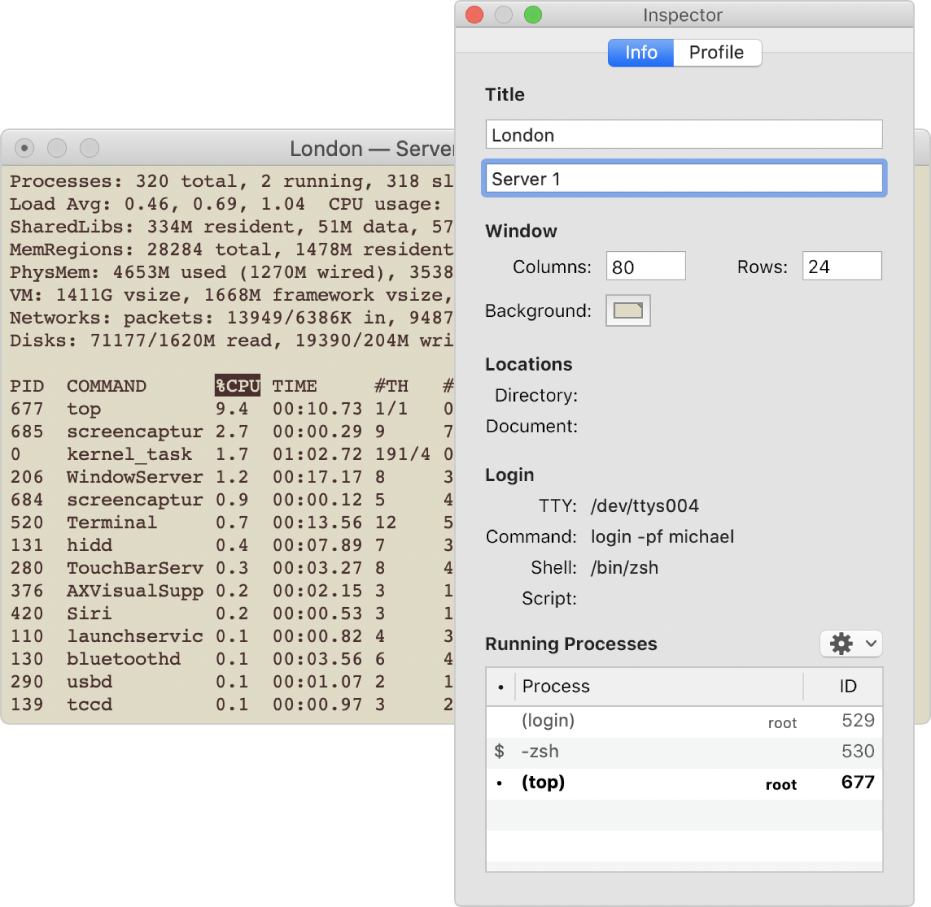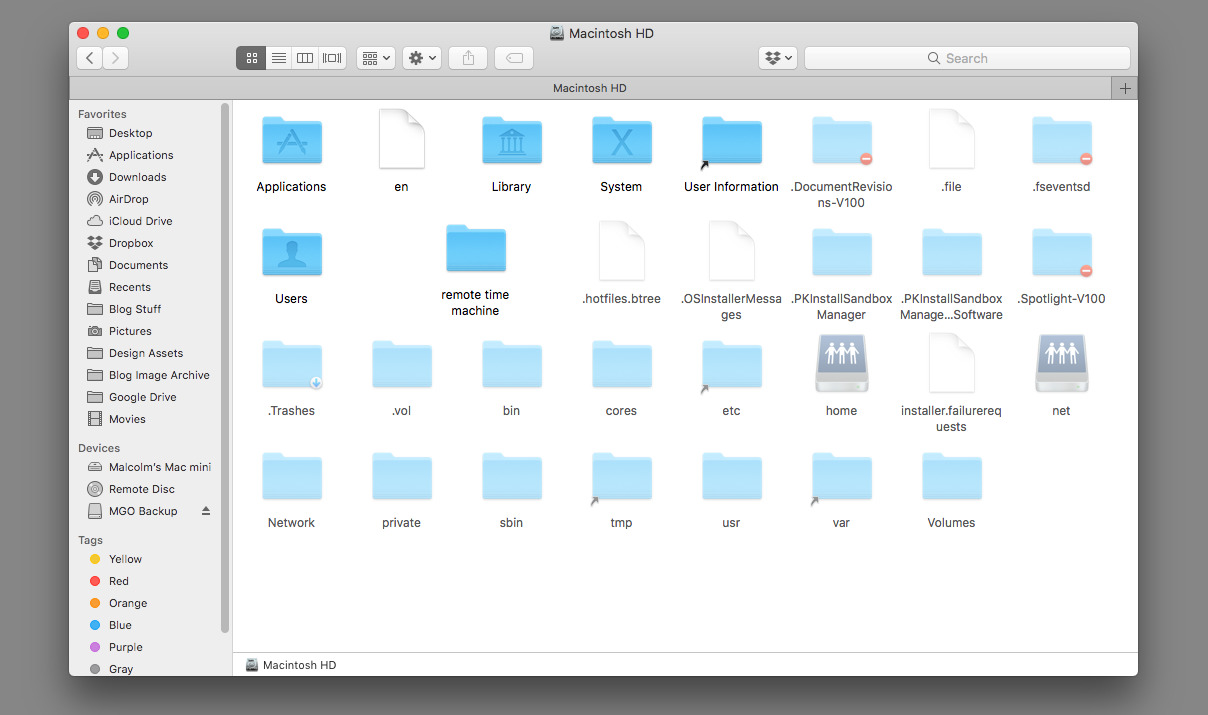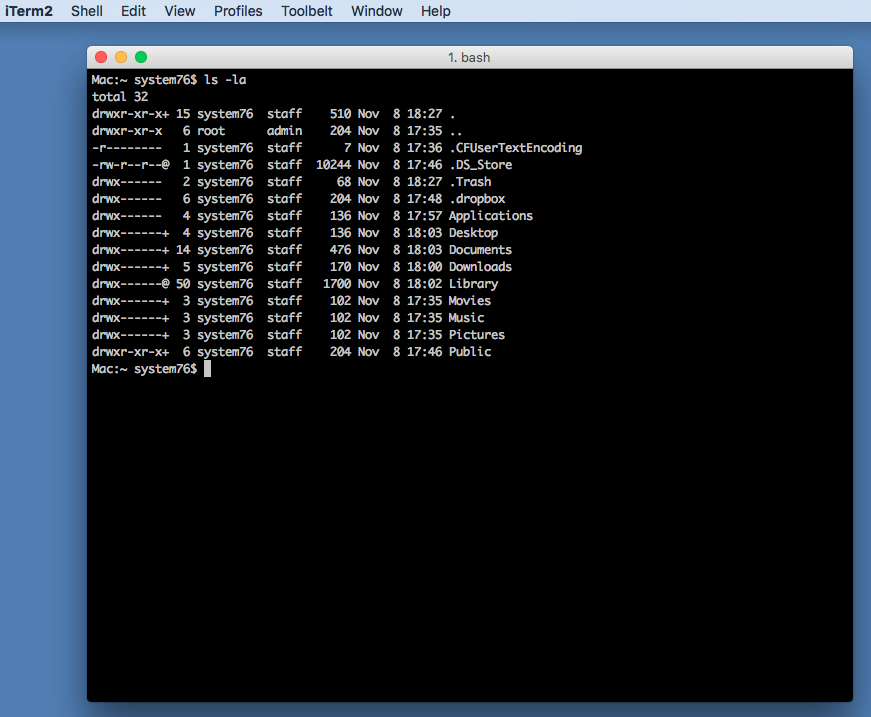/PowerMyMac /Your Best File Manager for Mac as of 2020
What is the file manager in macOS called? Mac has its very own file manager and that is what we called Finder. However, there are still some Mac users who are completely satisfied with what the Finder can do. That is why they are resulting to have another file manager for their files and other data. That is the reason why in this article, we are going to show you two of the best file manager for Mac, which is iMyMac PowerMyMac File Manager and Commander One File Manager.
LogMeIn for Mac is a the best remote desktop app for Mac users of all abilities. Free This file manager with Terminal emulator for Mac is fully compatible with MacOS 10.10 and later. Requires 45.86MB free space, Version 2.5(3295). Released 14 Sep, 2020.
Tips:

Terminal Manager 1.8.7.1 can be downloaded from our website for free. The most popular versions of the tool are 5.0, 1.8 and 1.7. Licensemanager.exe, manager.exe, Terminal Manager.exe or TermMan.exe are the frequent file names to indicate the Terminal Manager installer. The program relates to. Mar 21, 2018 How to open Terminal on Mac. The Terminal app is in the Utilities folder in Applications. To open it, either open your Applications folder, then open Utilities and double-click on Terminal, or press Command - spacebar to launch Spotlight and type 'Terminal,' then double-click the search result. The Windows Terminal is a modern, fast, efficient, powerful, and productive terminal application for users of command-line tools and shells like Command Prompt, PowerShell, and WSL. Its main features include multiple tabs, panes, Unicode and UTF-8 character support, a GPU accelerated text rendering engine, and custom themes, styles,.
Article GuideWhat Finder Alternatives Can Be the Best File Manager?iMyMac PowerMyMac File ManagerCommander One File ManagerConclusion
What Finder Alternatives Can Be the Best File Manager?
There are many options in finding a best file manager for Mac computer, and yes, as mentioned above though Mac has already had its own file manager, it still lacks features which are preferred by users, and the second reason is that it lacks control which is preferred by pro-Mac users. There are good alternatives to Finder such as iMyMac PowerMyMac, Commander One, muCommander, ForkLift, Path Finder, Dual-pane, and File Manager Pro, all can be Mac file explorer app. Today we'll talk about some of these Mac file organizers.
iMyMac PowerMyMac File Manager
There is one new best file manager for Mac that you can have in 2020. This best file management software is actually very easy and simple to use for you to be able to organize all the files that you have on your Mac and also shred those that you no longer need. The application that we are talking about is no other than the iMyMac PowerMyMac. With this Mac file manager, you will be able to do anything that you want all in one application that other Mac application cannot do.
Now for you to be able to know on how the File Manager feature of the iMyMac PowerMyMac works, go ahead and check out the guide below.
NOTE: The iMyMac PowerMyMac can work in two ways. One is that it can be a file viewer or file browser for Mac and the other one is that it can become as a file shredder.
Option 1: File Viewer – iMyMac PowerMyMac
Step 1: File Manager for Mac Free Download

First off is that you have to download the iMyMac PowerMyMac from our official website. And then after that, have the application installed on your Mac.
Step 2: Launch PowerMyMac
Once that you have completely installed the iMyMac PowerMyMac, then go ahead and launch the program. As you can see on the main interface of the program, you will be able to see three options at the top of the window screen. The “Status”, the “Cleaner”, and the “Toolkit”. If you are going click on the “Status” option, you will be able to see on your screen the system status of your Mac.
Step 3: Choose The Module
After launching the iMyMac PowerMyMac and checking your system status, all you have to do is to click on the “Toolkit” option. From there, the iMyMac PowerMyMac will then show you a list of actions that you can do. From that list, go ahead and click on the FileManager module.
Step 4: Select the View Files
After that, go ahead and enter the FileManager. Once that you are in, you will be able to see two options on your screen. The “View Files” and the “Shred File” options. From there, go ahead and choose on “View Files.
Step 5: Drag Some File to View
After that, go ahead and drag a certain file from your Mac that you would wish to see its detail. As you can see, the file name will be located on the left side of your screen and the detail information of the file will be shown on the right side of your screen. This includes the path of the file, the size, and the time that you have created it and as well as the last time modification had taken place.
NOTE: You can just go ahead and continue on dragging and dropping files for you to be able to view the details of the rest of the files that you have. This way, it will be easier for you to view them rather than going back to the original page.
Option #2: Shred File
As we have mentioned earlier, this best file manager for Mac also comes with the “Shred File” tool. For you to be able to get rid of the files that you want, let us continue with the guide.
Step 6: Select the Shred File Option
If you want to try this feature, all you have to do is to click on the arrow icon for you to be able to go back on the homepage of the FileManager module. From there, go ahead and choose “Shred File”.
Terminal Manager For Mac Catalina
Step 7: Drag the File You Want to Shred
After that, go ahead and drag and drop the file that you would want to remove from your Mac. Here, you will be needing to drag the file to the screen.
NOTE: Make sure that the file that you are going to put in this section is the one that you no longer need. This is because once that you have crashed the file, you will not be able to recover it anymore.
Step 8: Shred the File You No Longer Need

After choosing the file that you want to delete, go ahead and confirm the action and then click on the “Shred” button located at the right side of your screen. And then once that the process is complete, you will be able to see a message that says “Shred Success”.
Commander One File Manager
Some users might agree that Commander One is one of the best file manager for Mac because it allows them to manage everything in an efficient way with less issues. The other thing is that the software has a dual panel design, which means that there will be information on files on one side of the window will be showing the information on files which is currently viewed. Need for speed most wanted 2012 serial key.
Kindly read the article below for more Commander One reviews.
Commander One Features:
Below are some features submitted by some Commander One users.
- Dual Pane Mode
- Support Hotkeys
- View Hidden Files
- Root Access
- File Preview
Commander One Pros:
Below are some Commander One Pros admitted by some users.
- Easy to use
- Nice Features
- FTP client available
- Free
People Also Read:How to Enable or Disable Mac ExtensionsApp Not Safe on Mac, Full Solution are Offered
Conclusion
We introduce 2 best file managers for Mac in this post. Both Commander One and PowerMyMac offer powerful features that allow you to manage your files, thus, optimizing your Mac. The decision is in your hand whether you would like to use PowerMyMac’s special features like all of the useful toolkits with an affordable price. You could also check out the free trial here. On the other hand, even though Onyx is free, it only provides you with basic features.
ExcellentThanks for your rating.
Rating: 4.6 / 5 (based on 86 ratings)
Best Terminal Commands For Mac
People Also Read:
PowerMyMac
A powerful all-in-one App for Mac
Free DownloadThe most powerful and useful 16-in-1 Mac Software in 2019
 Free Download
Free DownloadTerminal Manager For Mac Windows 10
Install Homebrew
Paste that in a macOS Terminal or Linux shell prompt.
The script explains what it will do and then pauses before it does it. Read about other installation options.
What Does Homebrew Do?
Homebrew installs the stuff you need that Apple (or your Linux system) didn’t.
Homebrew installs packages to their own directory and then symlinks their files into
/usr/local.Homebrew won’t install files outside its prefix and you can place a Homebrew installation wherever you like.
It's all Git and Ruby underneath, so hack away with the knowledge that you can easily revert your modifications and merge upstream updates.
Homebrew complements macOS (or your Linux system). Install your RubyGems with
gemand their dependencies withbrew.'To install, drag this icon..' no more.
brew caskinstalls macOS apps, fonts and plugins and other non-open source software.Donate to Homebrew
Homebrew Blog
Analytics Data
Homebrew was created by Max Howell. Website by Rémi Prévost, Mike McQuaid and Danielle Lalonde.
Tekken apk download for android mobiles.
